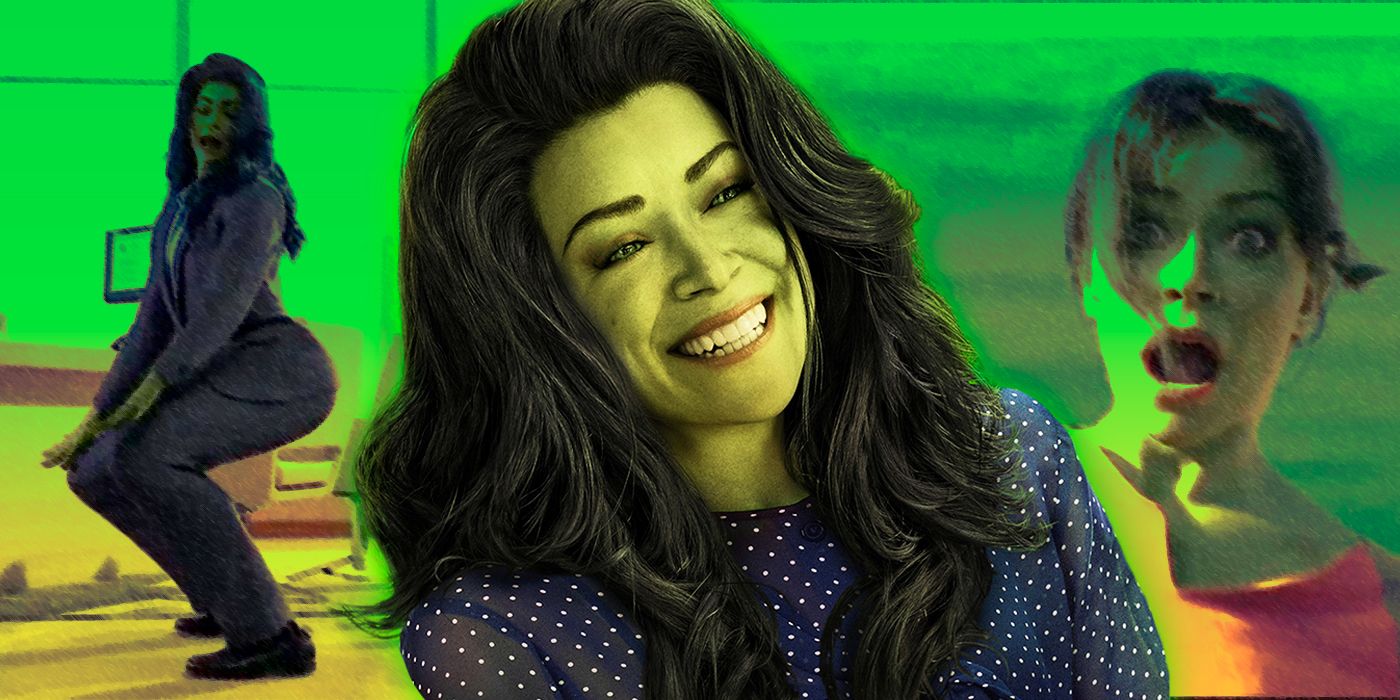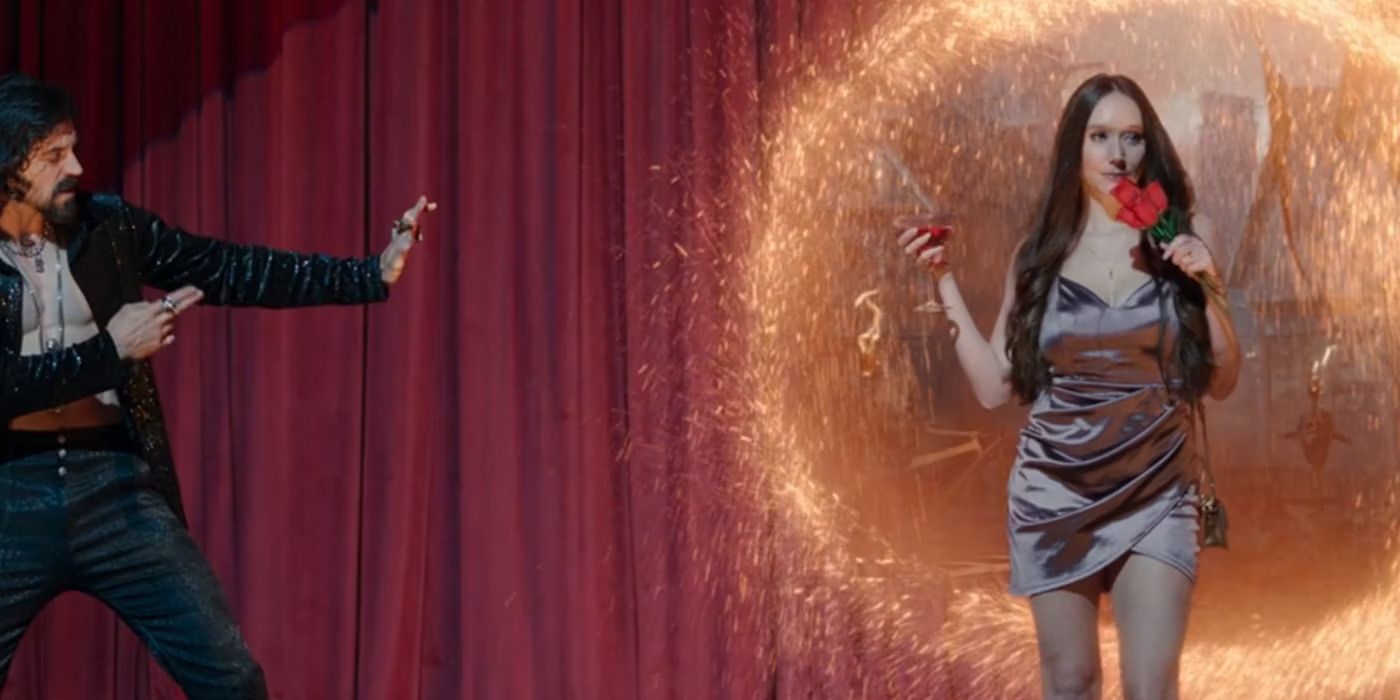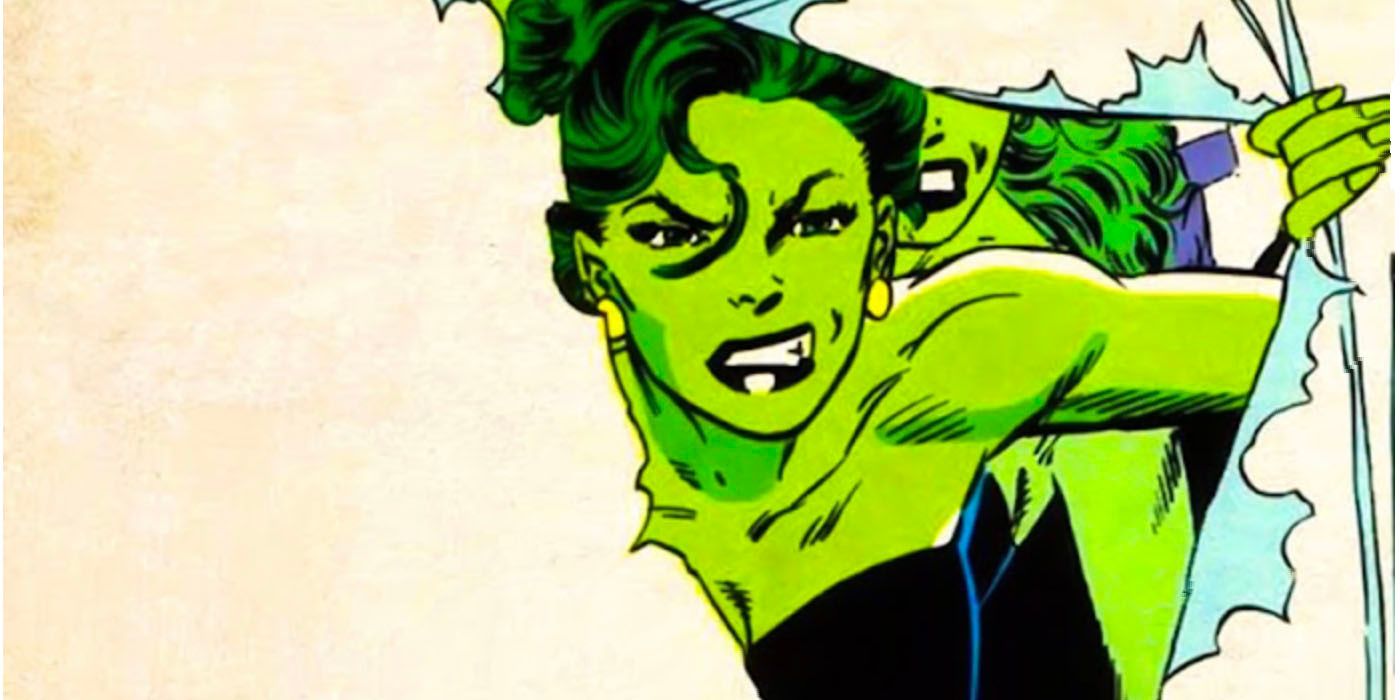The following contains spoilers for She-Hulk: Attorney at Law Season 1, Episode 4, "Is This Not Real Magic?," now streaming on Disney+.
With its fourth wall-breaking, punchy editing, endearing characters and the infectious joy with which it plays in the Marvel Cinematic Universe sandbox, She-Hulk: Attorney at Law continues to be a ridiculously fun series. Alongside MCU films such as Sam Raimi's Doctor Strange in the Multiverse of Madness, She-Hulk is proving that the MCU is at its best when iembracing the lunacy of its source material.
Since the MCU's inception in 2008, there has always been a tendency for the films to ground the more goofy and pulpy comic-book tendencies of the source material. Iron Man succeeded with audiences precisely because it was rooted in Tony Stark's relatable and timely struggles. But given that the comic books often featured the character squaring off against larger-than-life enemies like Fin Fang Foom or Mandarin and the films focused on him fighting other CEOs in mech-suits, something may have been lost in translation.
This is made all the more apparent by the MCU's other 2008 film. The Incredible Hulk was a pulpier, more comic book-esque project that did not fare nearly as well with audiences as Iron Man. Marvel learned that keeping things grounded was the way to get audiences in the theater, creating a multi-billion-dollar, money-printing monolithic machine specifically because it kept things clean and simple enough for mainstream audiences to latch onto.
But in a post-Endgame world, the MCU can afford to dream wilder and has become far more interesting when it's let off the leash. Avengers: Infinity War and Avengers: Endgame both afforded the MCU the opportunity to expand exponentially in terms of tone and lunacy. They were films about a giant purple man collecting magic space stones from across the cosmos; there's an inherent ridiculousness to that, even when the stakes are so high. And yet coming off grounded works like Captain America: The Winter Soldier and the possibly too early Captain America: Civil War, the Russo Brothers' direction on their Avengers film remained rooted in a tendency to streamline and sanitize the more quirky edges of these stories.
Lately, with its increased output on both movie screens and Disney+, the MCU has been affording a bit more creative leeway to its filmmakers -- to sometimes wondrous results. Kate Herron's Loki was an entirely idiosyncratic series with its own distinct aesthetic and tone, all while embracing the inherent insanity of things like the TVA, the Timekeepers, Kang and even Alligator Loki. Sam Raimi's Doctor Strange in the Multiverse of Madness was a full-tilt Raimi film that saw the iconic director dabbling in his comedy-horror roots and gleefully taking the camp factor to 11.
She-Hulk is now proudly continuing this trend. Its latest episode featured Jennifer Walters attempting to juggle her dating life with helping Wong send demon bats back through a literal portal to Hell. It is gloriously bonkers, with Kat Coiro's direction reveling in such shenanigans while she wonderfully illustrates the high stakes of each conflict for Jen. She-Hulk is not only embracing the ridiculous, but utilizing it to cut deeper into Walters as a character.
Like Loki and Multiverse of Madness before it, She-Hulk is following the character-driven principles the MCU was founded on, but trusting that 15 years in, audiences will be accepting of a more over the top and proudly comic-book-esque story that wears its lunacy proudly on its sleeve. The series is getting even zanier with the introduction of fan-favorite characters like Madisynn, and it will only get stronger because of it.
She-Hulk: Attorney at Law streams Thursdays on Disney+.



